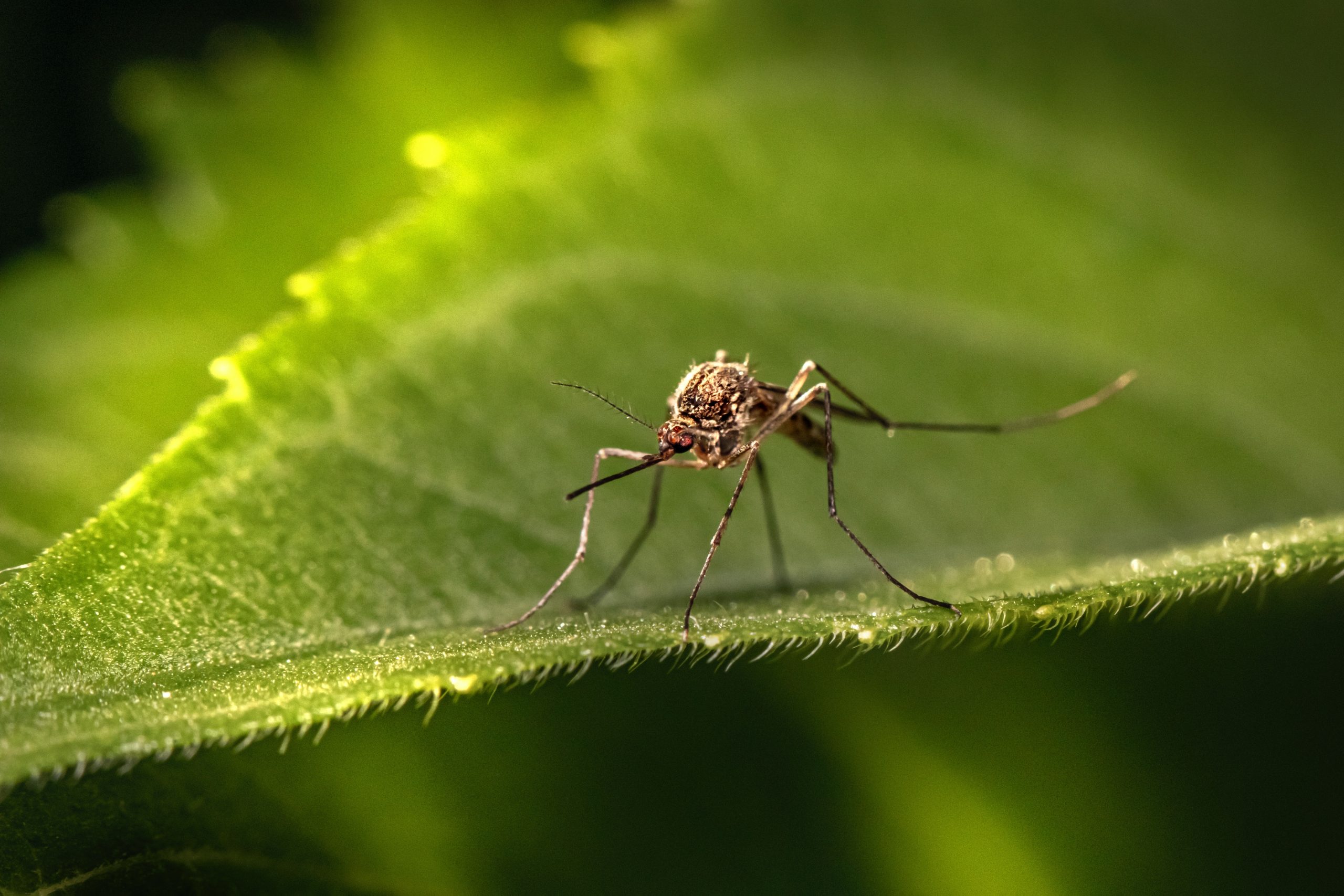Given this year’s record temperatures, cases of dengue fever, an infectious disease that mainly affects tropical countries, could break a record this year. Warned in July World Health Organization (WHO).
But the question arises: Why does this disease receive so little attention, when it has been on the rise for nearly half a century?
Part of the answer may be that precisely because it seems limited to tropical countries, it arouses less interest in northern countries. but Another disadvantage of dengue fever is that it is not easy to combatThere are four types (or serotypes) of the virus, represented in proportions that fluctuate from country to country, and the different ways in which our immune systems interact has complicated the development of a potential vaccine. You may, for example, be infected with one serotype but not immune to another. There is already a vaccine, however Efficacy against two of the four serotypes is unknown.
The majority of cases are mild and do not cause symptoms, which leads to underestimating statistics on the incidence of infection. But we note that cases reported to the WHO have risen dramatically: rising from half a million in 2000 to a record 5.2 million in 2019. As of August 23 This year, according to the European Center for Disease Prevention, we have already exceeded 3.7 million cases, hence the possibility of a record high.
More than half of the cases this year It has been reported in South AmericaEspecially in Brazil (more than two million cases), Bolivia, Peru and Argentina.
The World Health Organization indicated last July that if urbanization and increased travel had facilitated the spread of the disease since the 1950s and 1960s, today high temperatures have become a major factor. A warmer, more humid climate is not only beneficial to the mosquito’s life cycle; They see their environment expanding.
Most severe cases of the disease lead to a high temperature, which can be followed by abdominal pain, bleeding, and extreme fatigue. Deaths are relatively rare: as of August 23, the number of deaths had reached 2,000. But symptoms of severe cases, such as extreme fatigue, can last for weeks.
Even the European Center for Disease Prevention did not rule out, last July, the possibility of the disease entering this continent one day. Its director, Andrea Ammon, issued this warning even as the World Health Organization declared in mid-summer that the spread of the disease then represented an “epidemic level” risk, with outbreaks reported in 2023, not only in South America, but also . In Asia And in Africa.
Perhaps this is the missing motivation to accelerate research into treatment…
Subscribe to our sprawling newsletter
Support Octopus.ca for just $5 per month

“Music guru. Incurable web practitioner. Thinker. Lifelong zombie junkie. Tv buff. Typical organizer. Evil beer scholar.”






More Stories
A large manufacturing project awaits space in the industrial zone
According to science, here are officially the two most beautiful first names in the world
Green space, 100% pedestrianized: DIX30 reinvents itself